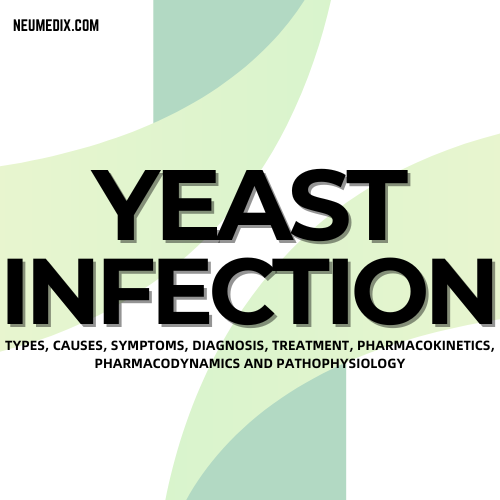Vaginal yeast infection, also known as vaginal candidiasis, is a common fungal infection that affects women. Here’s a detailed guide covering its causes, symptoms, treatment options, and prevention strategies.
What is Vaginal Yeast Infection?
Vaginal yeast infection is caused by an overgrowth of a fungus called Candida albicans, which is normally present in the vagina in small amounts. When the balance of bacteria and yeast in the vagina is disrupted, it can lead to an overgrowth of Candida, resulting in infection.
Causes:
- Antibiotics: They can disrupt the balance of bacteria and yeast in the vagina, leading to yeast overgrowth.
- Pregnancy: Hormonal changes during pregnancy can increase the risk of vaginal yeast infections.
- Uncontrolled diabetes: High blood sugar levels can promote yeast growth.
- Weakened immune system: Conditions like HIV/AIDS or use of immunosuppressive medications can increase susceptibility.
- Unprotected sex: Candida can be transmitted through sexual contact, though it’s not considered a sexually transmitted infection.
Symptoms:
- Itching and irritation: In and around the vagina.
- Vaginal discharge: Thick, white, odorless discharge resembling cottage cheese.
- Pain during urination or sex: Due to irritation of the inflamed vaginal tissues.
Diagnosis:
Diagnosis is usually based on symptoms and may involve:
- Visual examination of the vagina and cervix.
- pH testing of vaginal discharge.
- Microscopic examination of vaginal discharge to identify yeast cells.
Pharmacokinetics and Pharmacodynamics:
There are no specific pharmacokinetic or pharmacodynamic considerations for vaginal yeast infection. Antifungal medications work locally in the vagina to eliminate the yeast overgrowth.
Pharmacological Treatment:
- Over-the-counter (OTC) antifungal medications: Creams, ointments, or suppositories containing antifungal agents like clotrimazole, miconazole, or tioconazole are commonly used.
- Prescription oral antifungal medications: For severe or recurrent infections, your doctor may prescribe fluconazole, which is taken orally.
Non-pharmacological Treatment:
- Avoidance of irritants: Use mild, unscented soaps and avoid douching or using scented feminine products.
- Probiotics: Some evidence suggests that probiotics may help restore the balance of bacteria and yeast in the vagina.
Prevention:
- Maintain good hygiene: Keep the genital area clean and dry.
- Avoid unnecessary antibiotic use: Take antibiotics only when prescribed by a healthcare professional and follow their instructions.
- Wear cotton underwear: Avoid tight-fitting or synthetic underwear that can trap moisture.
- Practice safe sex: Use condoms to reduce the risk of sexually transmitted infections.
Conclusion:
Vaginal yeast infection is a common condition that can cause discomfort and irritation but is usually easily treated with antifungal medications. However, recurrent infections may require further evaluation by a healthcare professional. By understanding the causes, symptoms, and treatment options, women can effectively manage and prevent vaginal yeast infections, improving their overall vaginal health and well-being.




